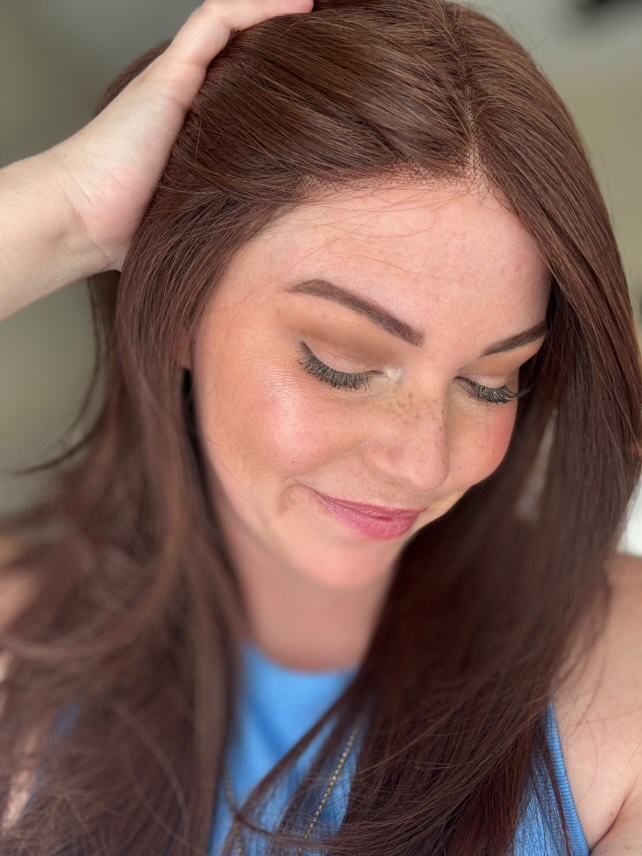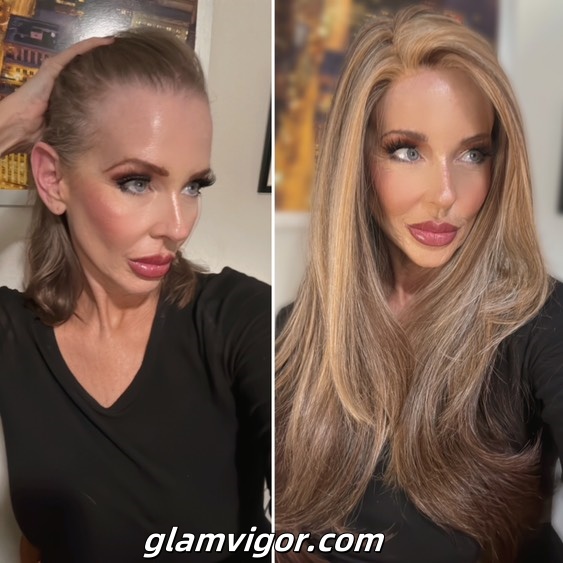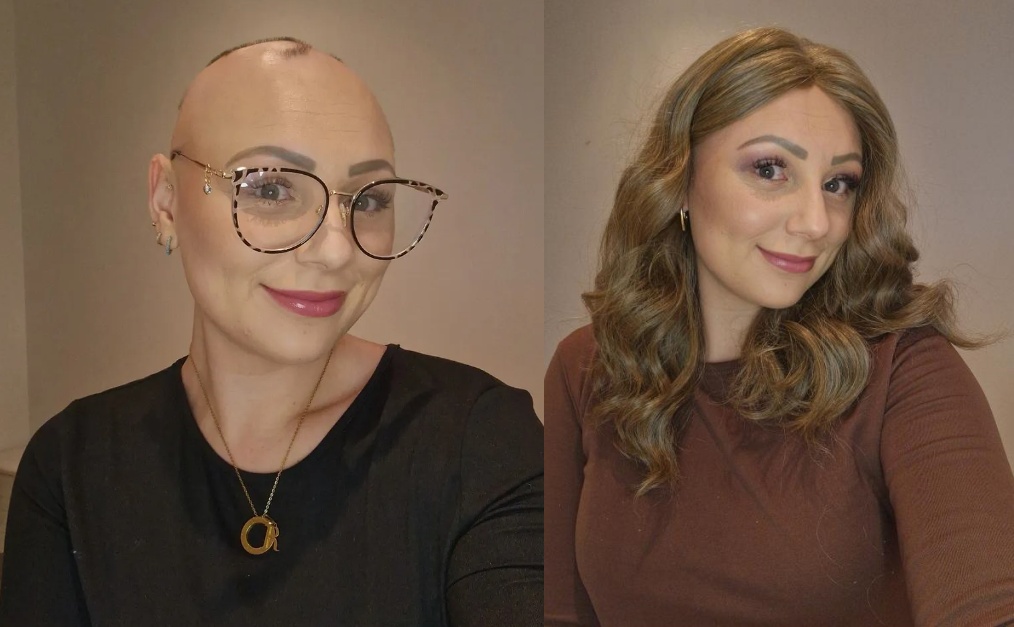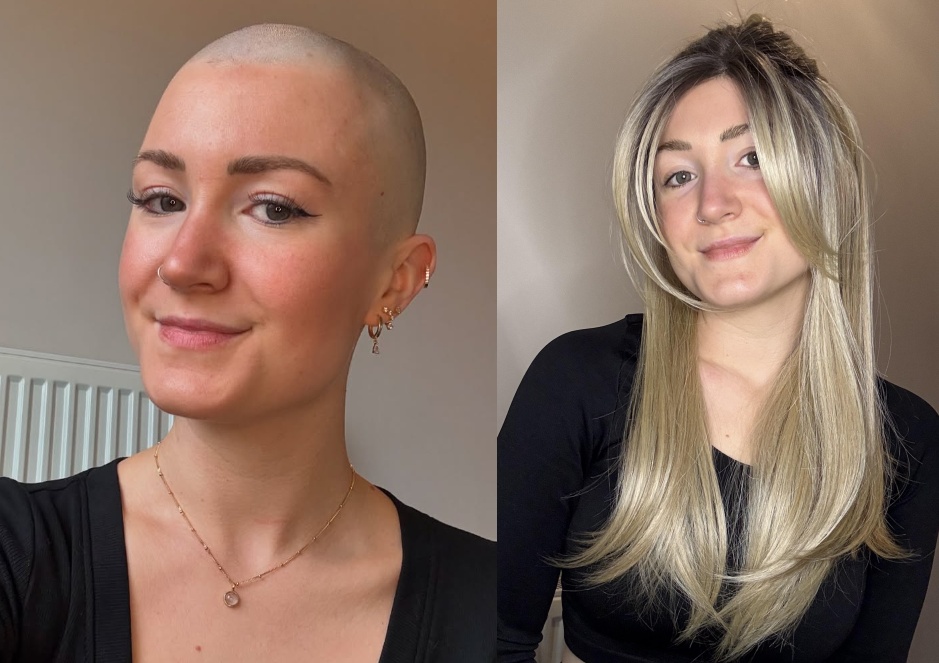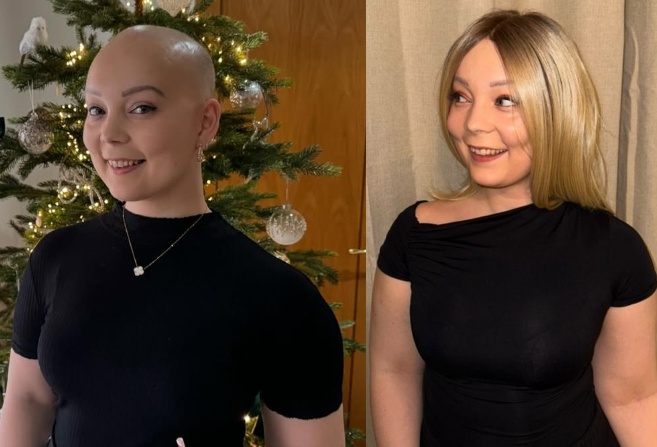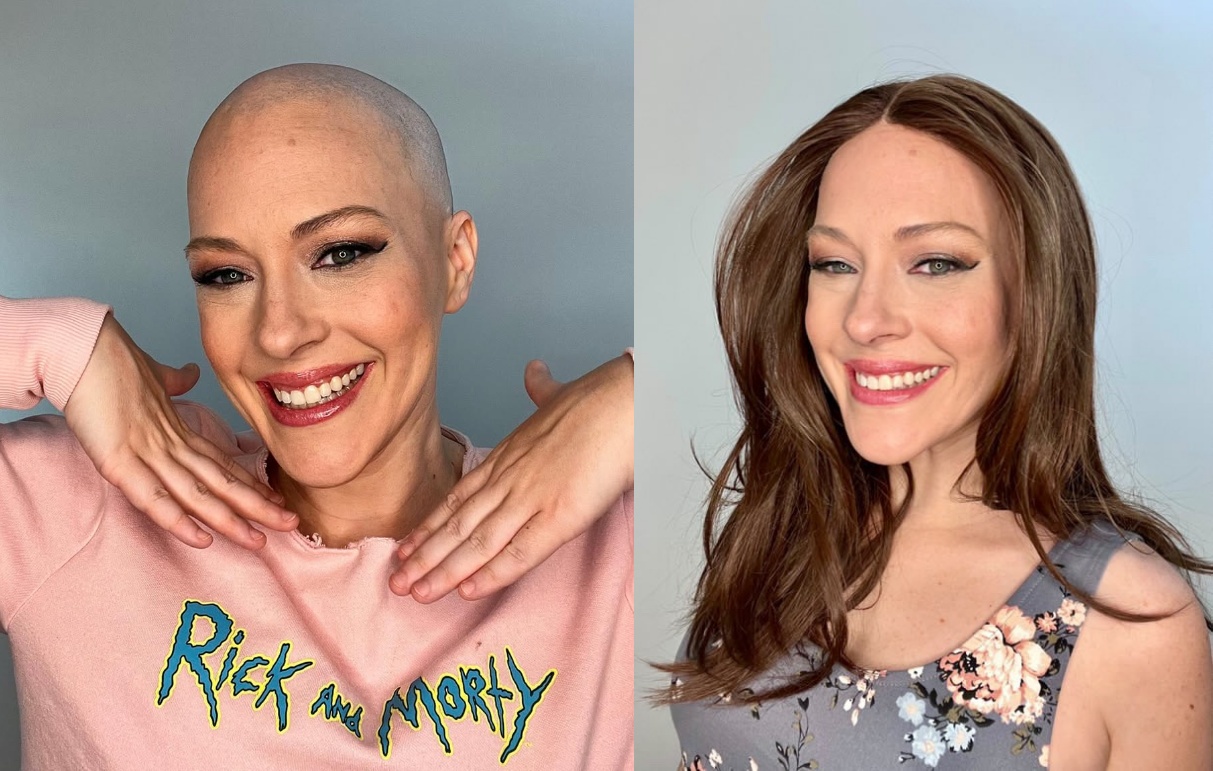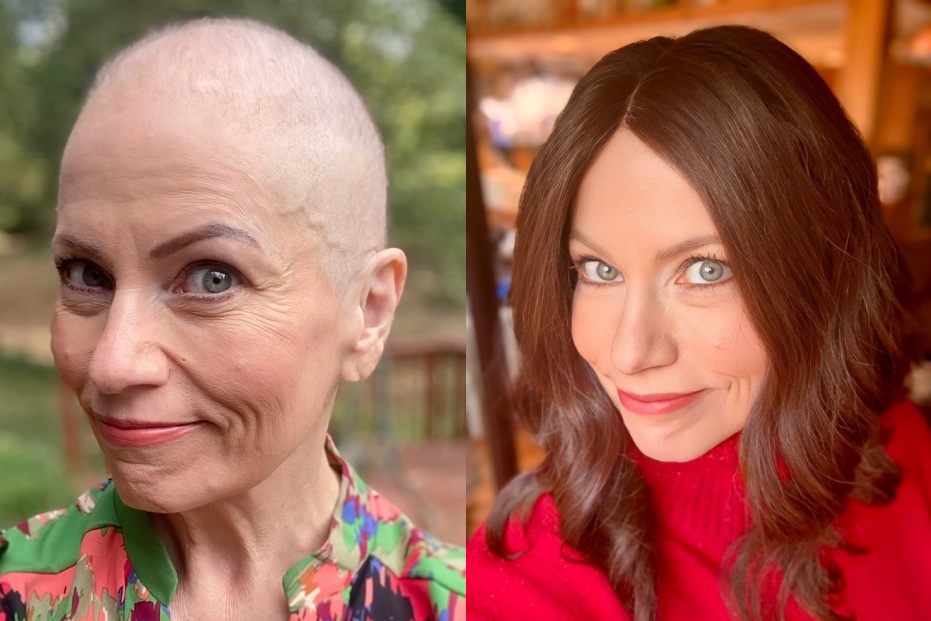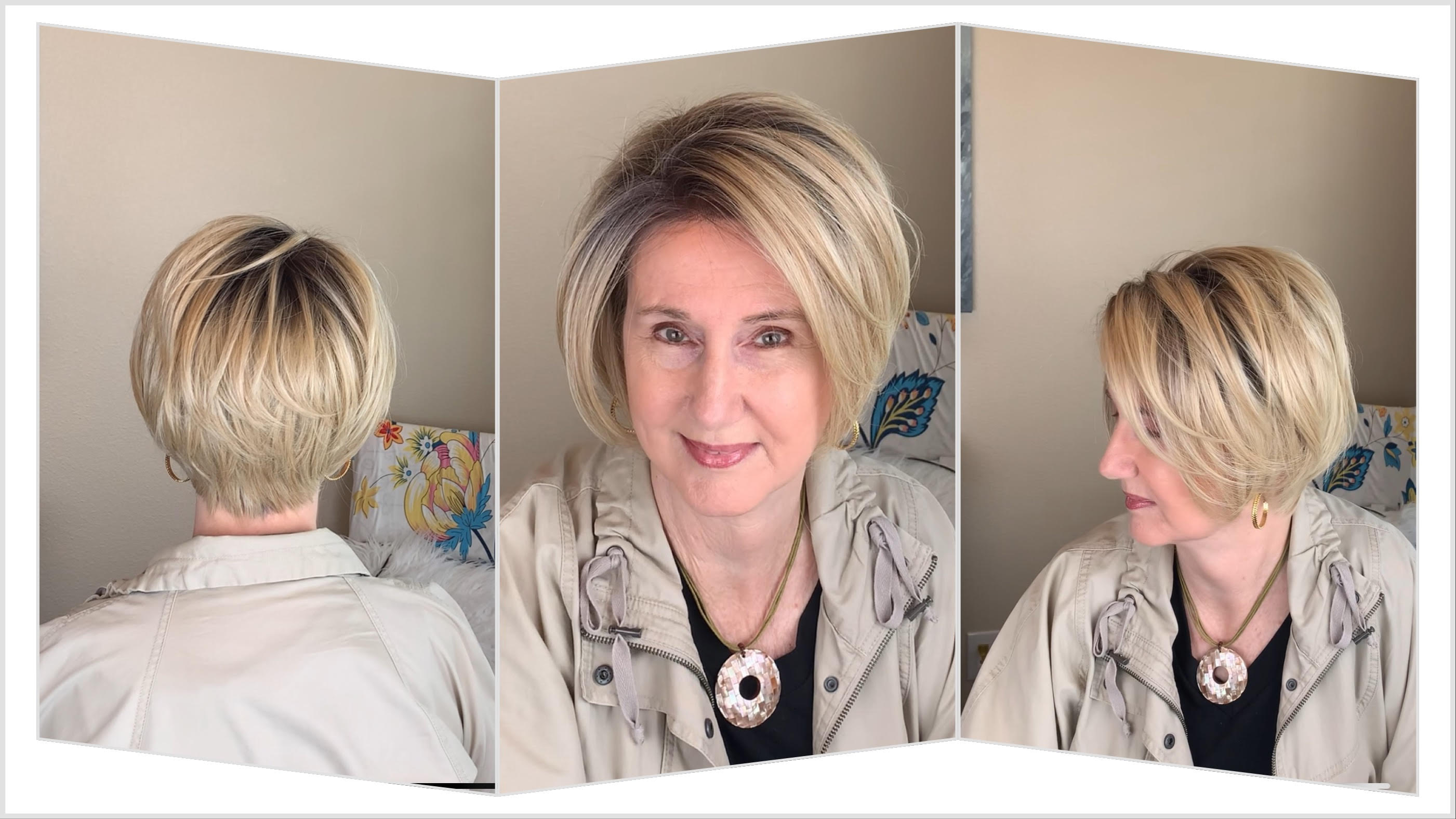Hair loss, or alopecia, is a common concern that affects millions of people around the world. While it is often associated with aging, hair thinning can occur at any stage of life and for a variety of reasons. In this article, we will explore the underlying causes of hair loss, from genetics to environmental factors, and discuss effective treatments and preventive measures.

-
1. Genetics and Hereditary Factors
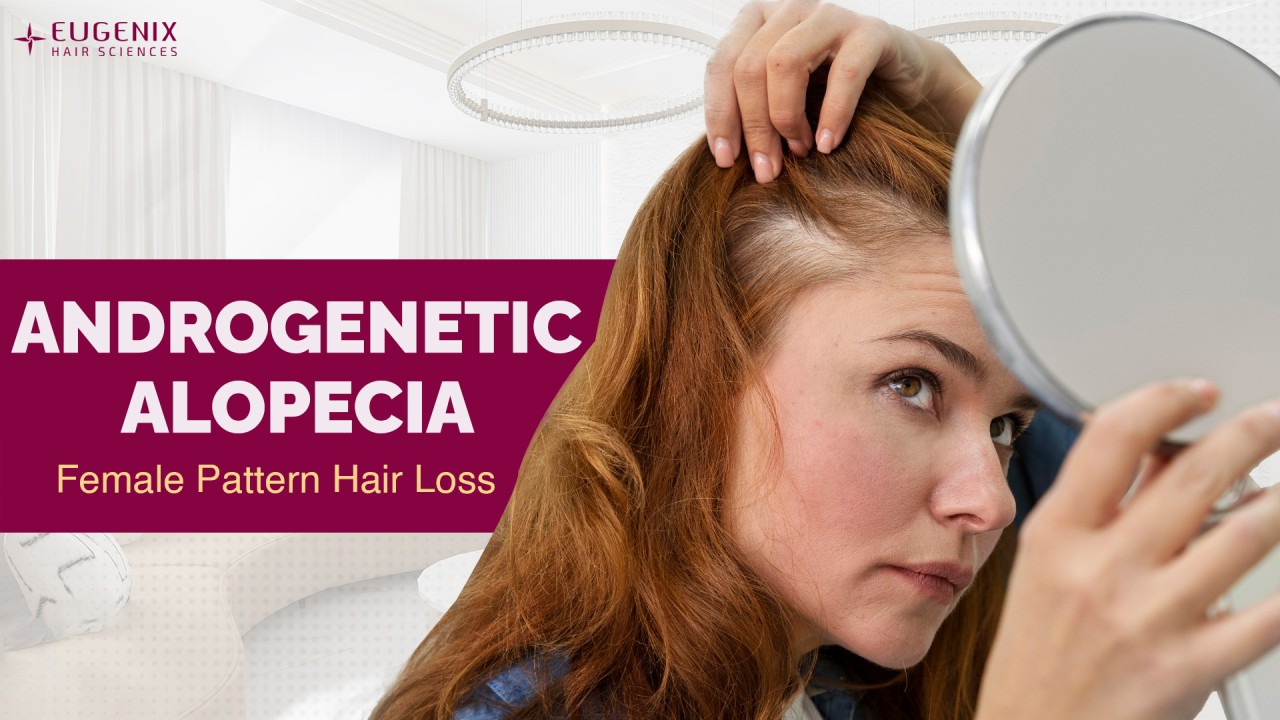
One of the most common causes of hair loss is genetic predisposition. This type of hair loss, known as androgenic alopecia (commonly referred to as male or female pattern baldness), is linked to family history. It typically occurs in a specific pattern, with men experiencing a receding hairline and thinning at the crown, while women often see diffuse thinning across the scalp.
Genetic hair loss is primarily influenced by androgen hormones, particularly dihydrotestosterone (DHT). DHT is a derivative of testosterone that shrinks hair follicles over time, leading to finer and shorter hair growth. The process is gradual, and while it may not cause complete baldness, it can result in significant thinning. There is currently no cure for genetic hair loss, but treatments such as minoxidil and finasteride can help slow down the progression.
→ The GlamVigor Advantage:Our LACE PART Collection features:
A fine layer of transparent micro-mesh is inserted either at the parting, crown or top area mimicking natural hair emergence
Density-gradient fibers replicating native growth patterns
Breathable lace fronts undetectable at 6-inch proximity
“My clients think I reversed my hair loss – they never guess it’s a wig!” – Danielle R., verified buyer
-
2. Hormonal Changes and Imbalances
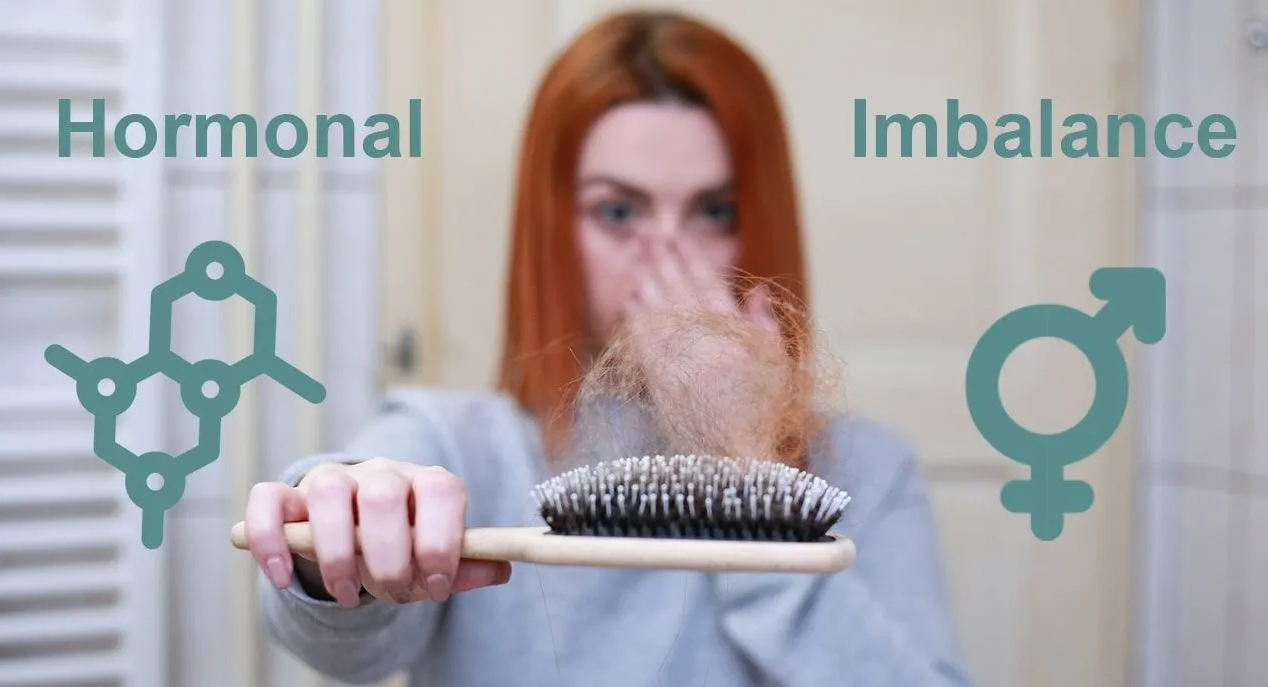
Hormonal changes are another major factor in hair loss. Both men and women experience fluctuations in hormone levels throughout their lives, which can directly impact hair health. For women, pregnancy, childbirth, menopause, and conditions like polycystic ovary syndrome (PCOS) can trigger hormonal changes that lead to hair thinning. During pregnancy, elevated hormone levels often prevent hair loss, but after childbirth, when these hormones drop, many women experience significant shedding—known as postpartum hair loss.
In men, testosterone levels may decrease with age, leading to a reduction in hair density. Moreover, individuals suffering from thyroid imbalances, whether hypothyroidism (underactive thyroid) or hyperthyroidism (overactive thyroid), may also experience hair thinning. Thyroid hormones play a crucial role in the growth cycle of hair, and an imbalance can disrupt this process, causing hair to shed prematurely.
→ Hormonal Imbalances
| Long-Term Care Programs | Instant Image Programs | |
| Time to results | 6-12 months | 5 minutes |
| Cost Effectiveness | Ongoing Expenses | Single Investment |
| Recommended Options | Hair Regrowth | Treatments Emergency Essentials: GV Invisible Wigs |
Our Mono Top wigs creates the appearance of natural hair growth and allows you to part the hair in any direction, which only takes a few seconds to put on, it is a must-have for emergency situations
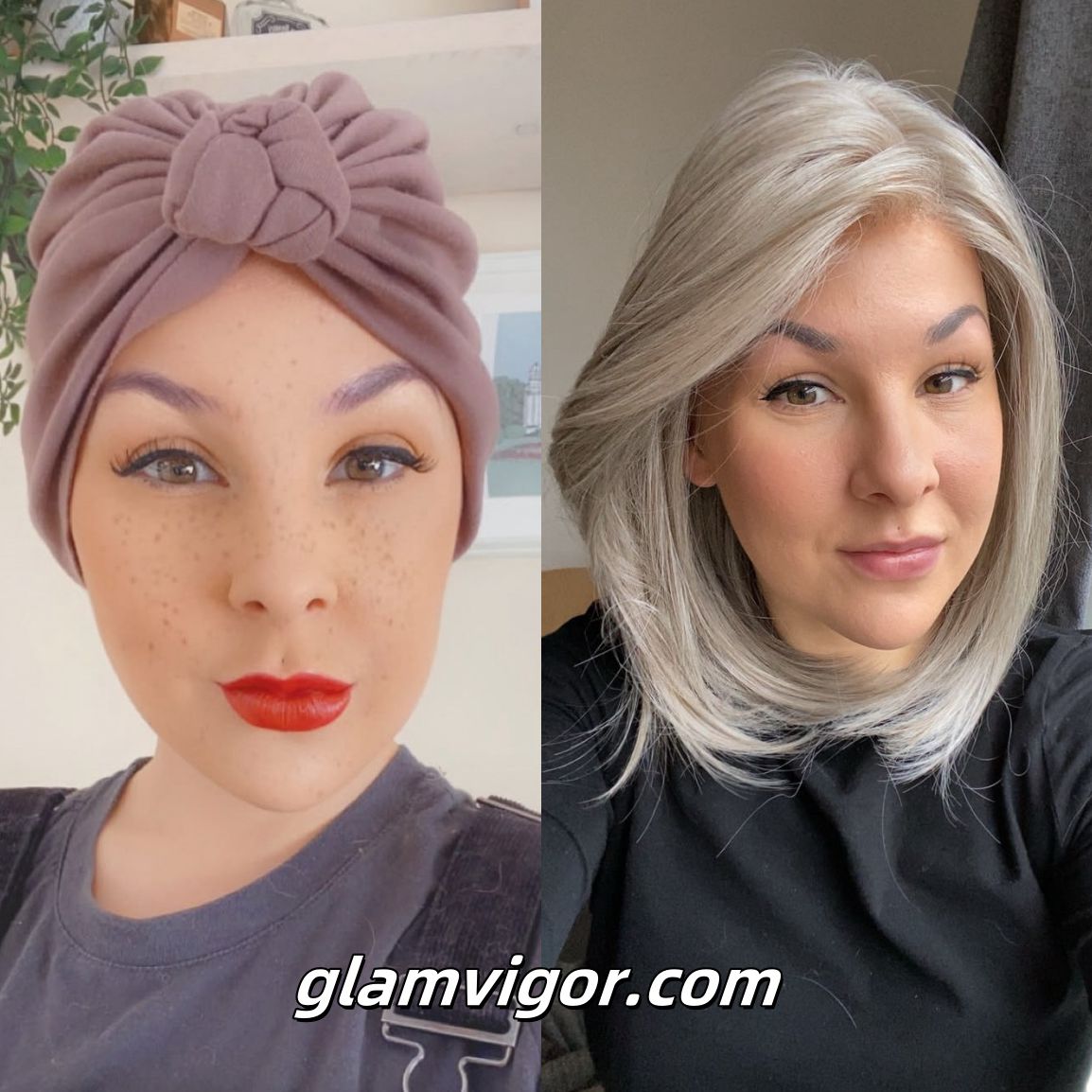
-
3. Nutritional Deficiencies
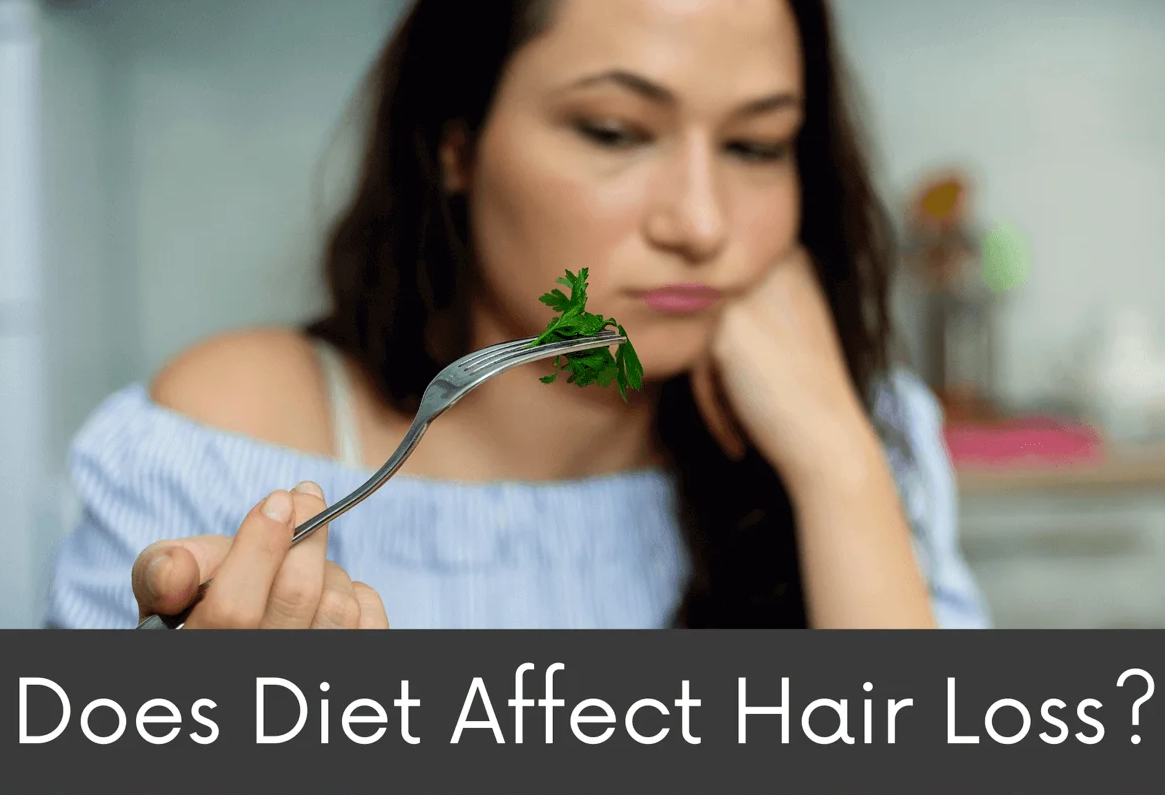
A poor diet can contribute significantly to hair loss. Hair is composed primarily of keratin, a protein that requires certain vitamins and minerals to remain strong and healthy. Deficiencies in nutrients like iron, zinc, biotin, and vitamin D can impair hair growth and contribute to thinning. For example, iron-deficiency anemia is a well-known cause of hair loss, especially among women of reproductive age who are more likely to have low iron levels.
In addition to iron, a lack of essential fatty acids and proteins can weaken hair follicles, making them more susceptible to shedding. Ensuring a balanced diet rich in vitamins, minerals, and proteins is essential for maintaining optimal hair health. In cases of nutritional deficiencies, supplementation may be necessary to restore hair strength and growth.
→Dual-Action Approach:
Internal Repair: Consult some Hair-Health Nutrition Ways

External Coverage: Use NutriGuard Protein-Infused Wigs while regrowing hairExternal Coverage: Use GlamVigor Wigs while regrowing hair
-
4. Stress and Psychological Factors
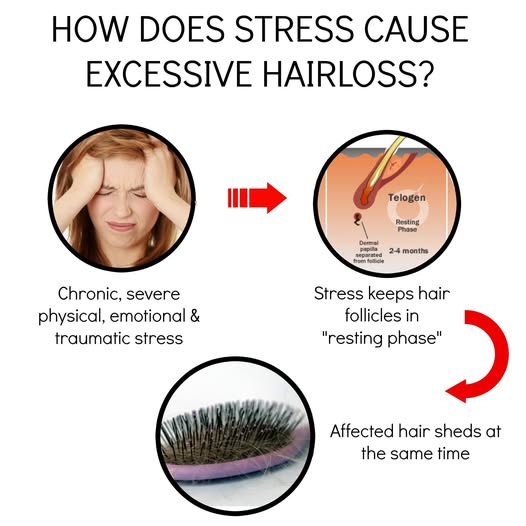
It is well-established that stress can have a significant impact on overall health, and hair loss is no exception. Chronic stress can lead to a condition called telogen effluvium, where a large number of hair follicles enter the resting phase of the hair growth cycle prematurely, causing excessive shedding. This type of hair loss is typically temporary and can improve once the underlying stress is managed.
Additionally, psychological factors such as anxiety and depression may exacerbate hair loss, either through direct effects on the body’s hormone levels or through behaviors like excessive hair-pulling (trichotillomania), which can result in noticeable hair thinning. Stress management techniques such as mindfulness, therapy, and exercise can help reduce hair loss caused by emotional or psychological factors.
→“Reading this during a stress spiral?
Try this:
Open your phone camera
Scan your hairline
Click below to see how Emergency Confidence Wigs can transform our customers' look in 3 second”*
- GLP002-----Warm Brown mixed Blonde long straight Synthetic Lace Part Wig
- GLP010-----Natural Ash Brown waved Synthetic Lace Part Wig
- GLP008-----Trendy blonde ombre with gold highlights Straight with side bangs Synthetic Lace Part Wig
- GLP007-----Pretty Blonde Ombre Medium layered Straight Synthetic Lace Part Wig
- GLP005-----Soft dark brown long layered straight Synthetic Lace Part Wig
- GLP001-----Elegant cool Blonde Ombre Wavy Synthetic Lace Part Wig
- GLP004-----Chic Blonde Ombre Shoulder Length Straight Synthetic Lace Part Wig
- GLP014-----Chic Brunette wave texture long bob Synthetic Lace Part Wig
-
5. Medical Conditions and Treatments

Various medical conditions and treatments can also cause hair loss. Autoimmune diseases like alopecia areata occur when the body's immune system mistakenly attacks hair follicles, leading to round patches of hair loss. Other conditions, such as lupus and rheumatoid arthritis, have been linked to hair thinning due to the chronic inflammation they cause in the body.
Chemotherapy and radiation therapy for cancer treatment are well-known causes of temporary hair loss. These treatments target rapidly dividing cells, which includes hair follicles, causing hair to fall out. However, hair typically regrows once treatment is completed.
Additionally, some medications—such as blood thinners, anticoagulants, and certain antidepressants—may have hair loss as a side effect. If you suspect that a medication may be causing your hair thinning, it’s important to speak with your healthcare provider about alternative treatments.
→Featured Solution:
The Mono top Collection offers:
Cool, lightweight caps for sensitive scalps
Adjustable
“Finally, a wig that doesn’t irritate my alopecia patches.” – Michael T., 54
-
6. Over-Styling Damage

Heat tools and chemicals erode hair’s structural proteins. Break the cycle with:
→Break the cycle with:
1.Pause chemical treatments
2.Use reparative serums
3.Choose GlamVigor Wigs featuring:
Using Heat Friendly fiber(Japanese Kanekalon® Synthetic Hair Fiber)
Pre-styled curls/waves
Color-resistant fibers
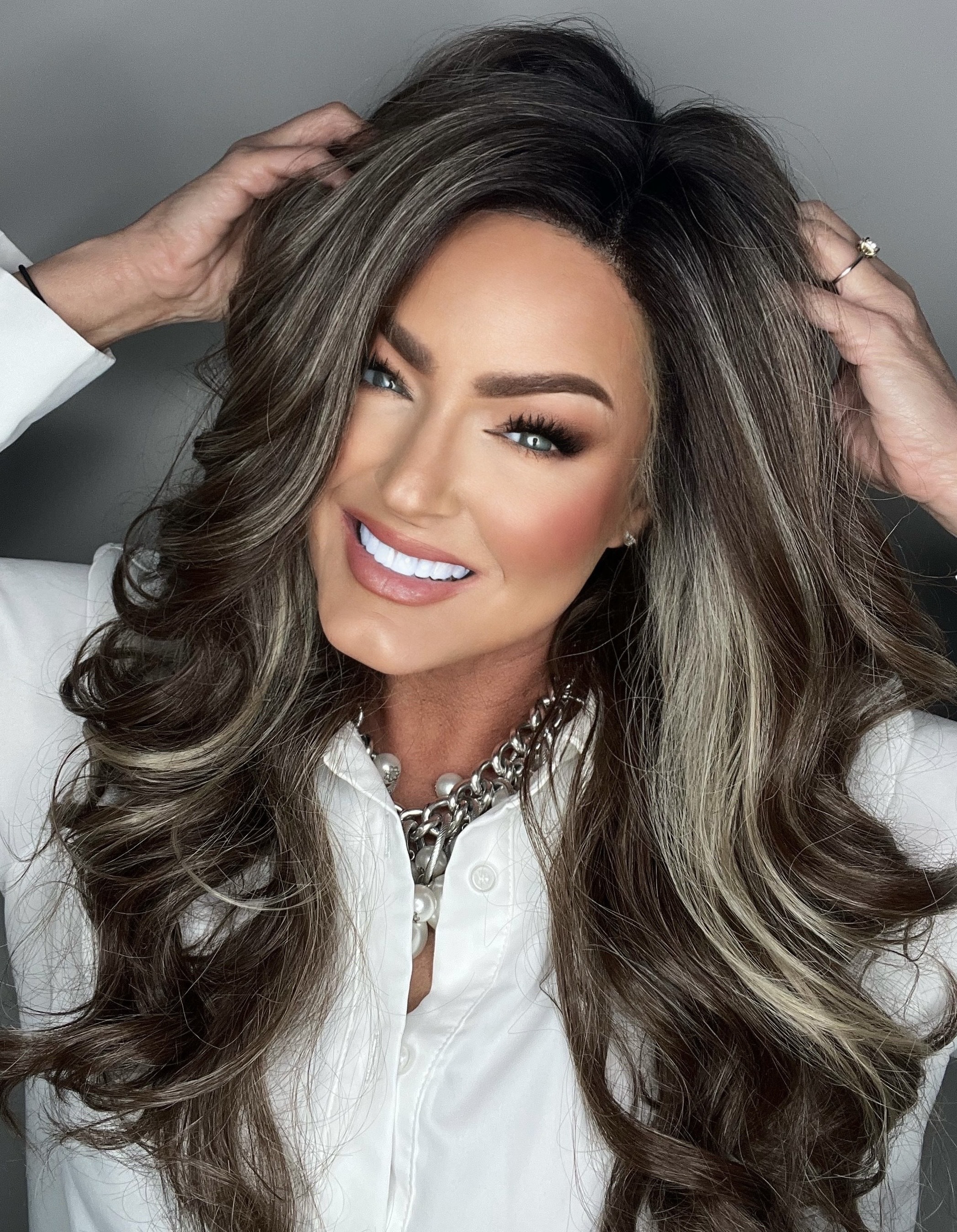
-
7. Age and Natural Hair Growth Cycle
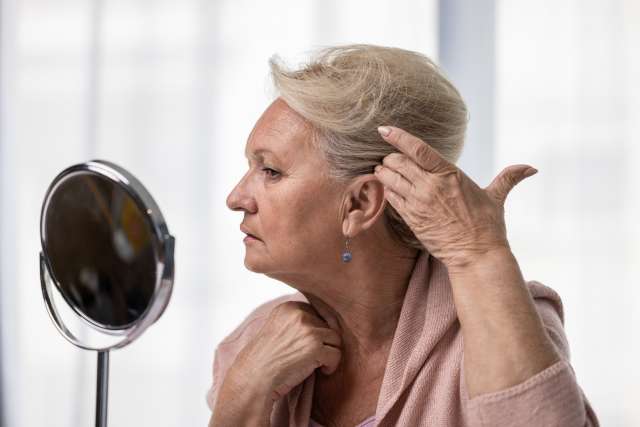
As people age, hair naturally becomes thinner and weaker due to changes in the hair growth cycle. The hair follicles produce fewer and shorter hairs, and the rate of hair growth slows down. This is a normal part of the aging process and is often combined with other factors, such as genetic predisposition and hormonal changes, to contribute to hair thinning.
While age-related hair loss is unavoidable, there are ways to mitigate its effects. Regular scalp massages, using gentle hair care products, and taking steps to manage stress can all help maintain hair health as you age.
→Noticed:Our high quality wig collections counteracts this with:
Ombré fiber technology: Simulates natural pigment transitions
Weightless caps (23% lighter than standard wigs)
Tactile root systems: Creates scalp-like texture under white hair
-
conclusion
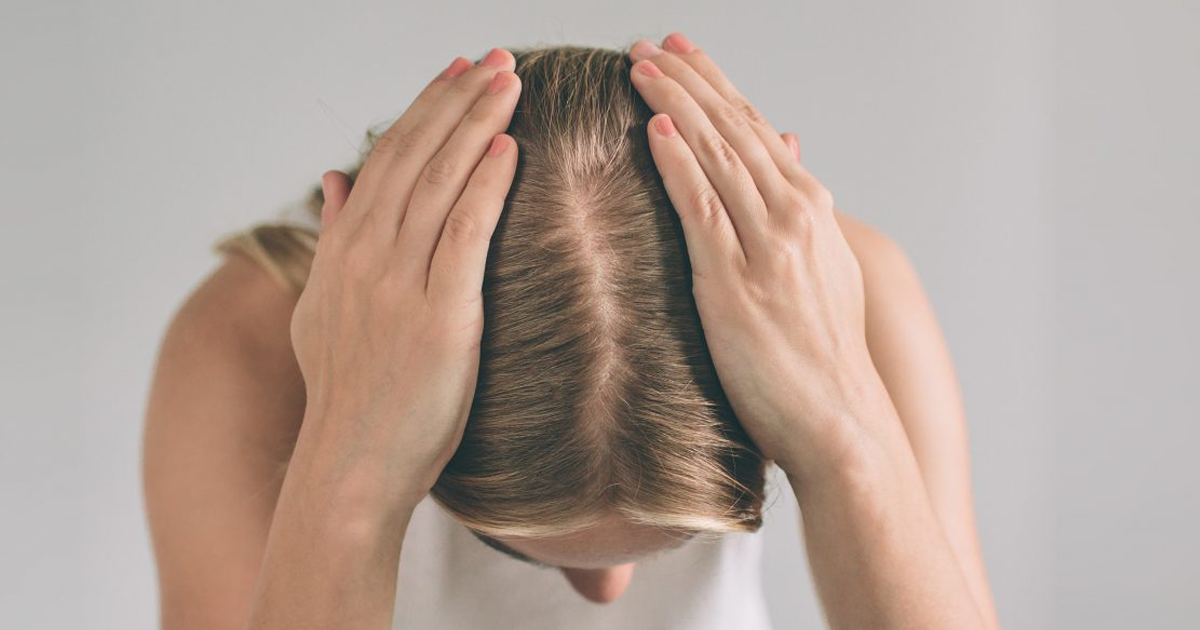
Hair loss is a complex issue with many contributing factors, including genetics, hormones, nutrition, stress, medical conditions, and environmental influences. While some causes of hair loss, such as genetics and aging, may be unavoidable, others can be managed or treated through lifestyle changes, medical interventions, and proper hair care.
If you are experiencing significant hair loss, it is important to consult a healthcare provider or dermatologist to determine the underlying cause and explore treatment
If you have any questions or need advice on choosing the right curly wig for your needs, please feel free to contact us - [email protected] and our friendly team will be happy to help you.
Images credit: google.
